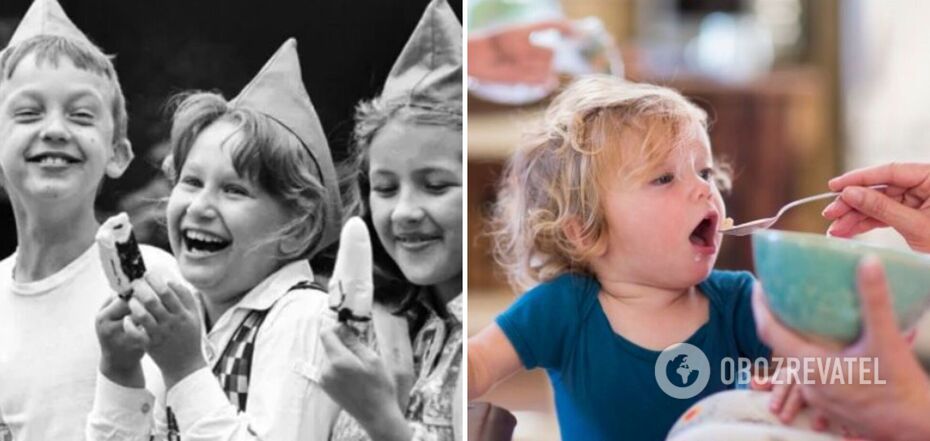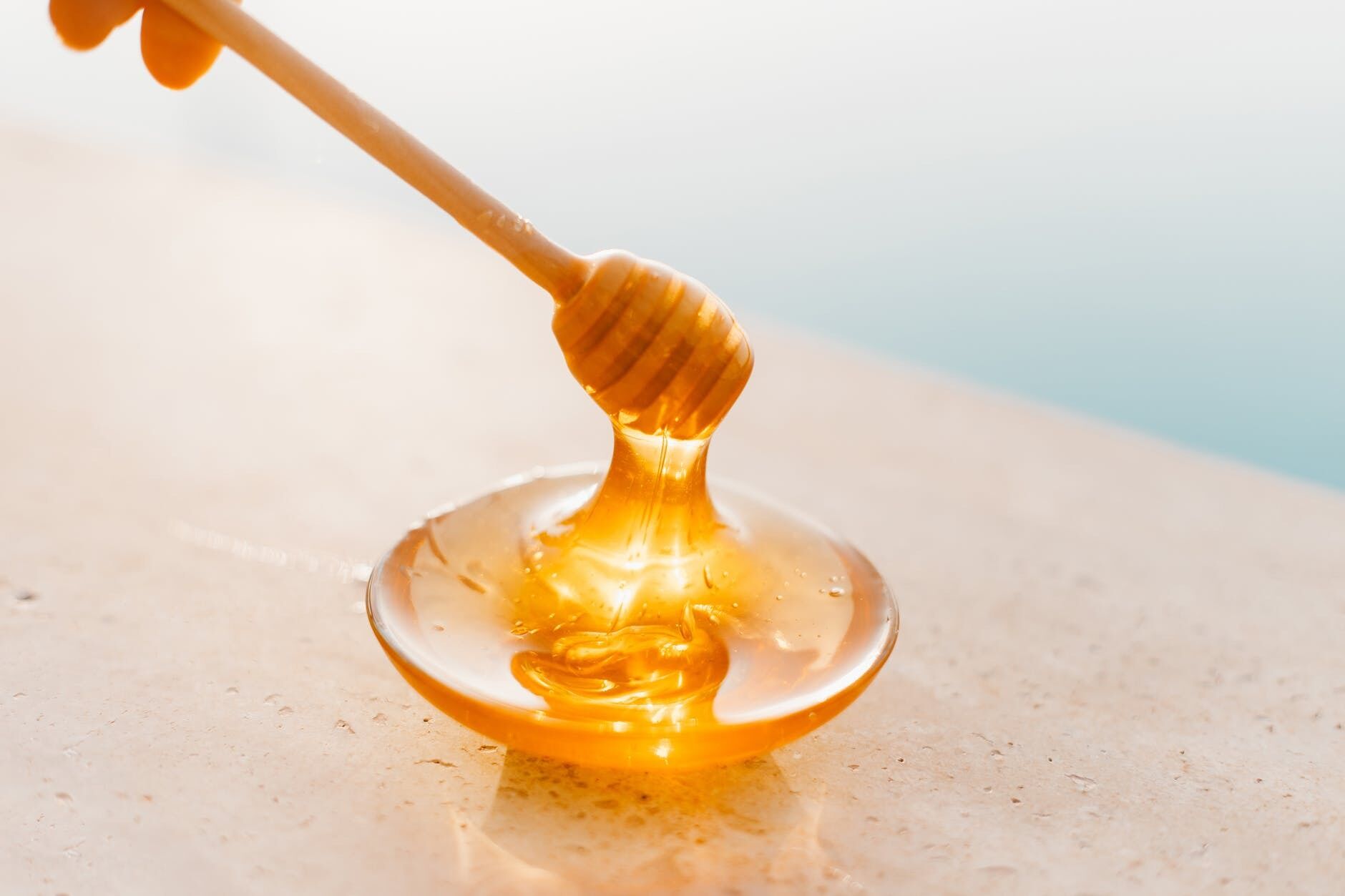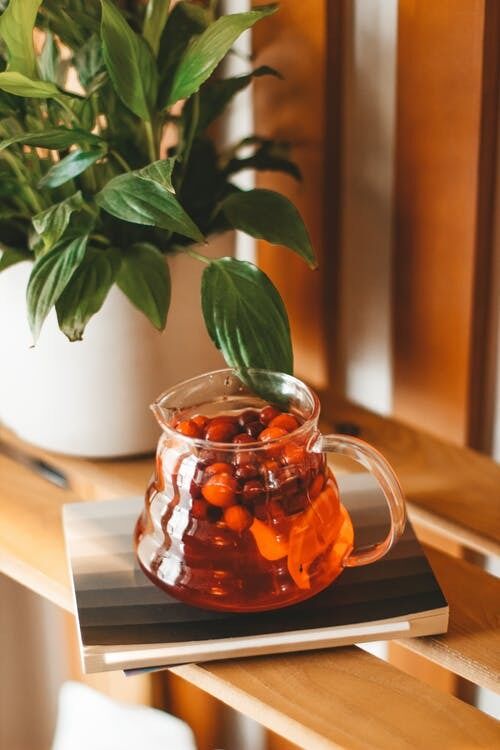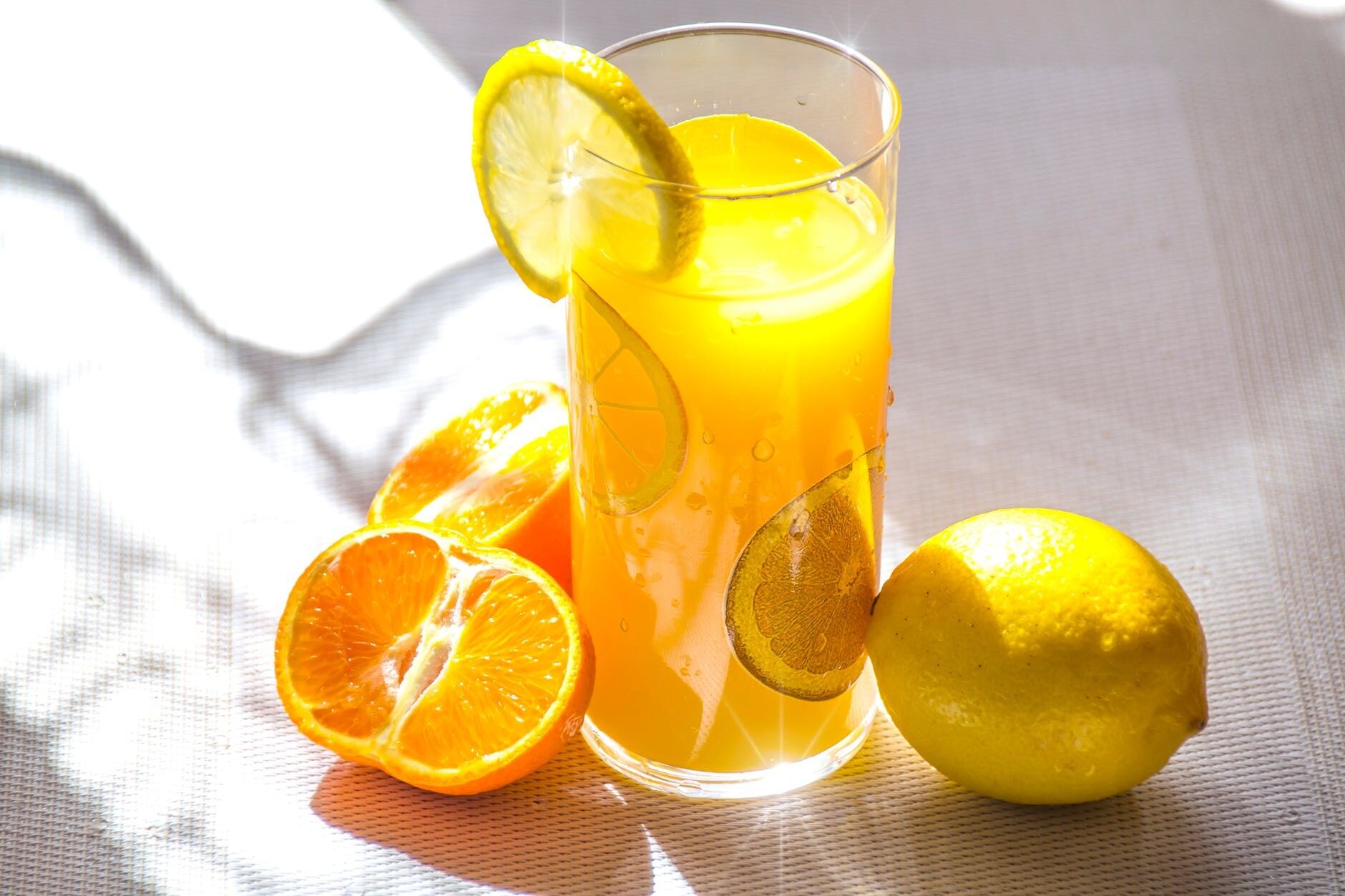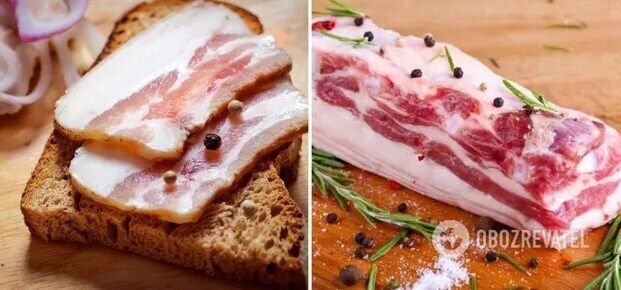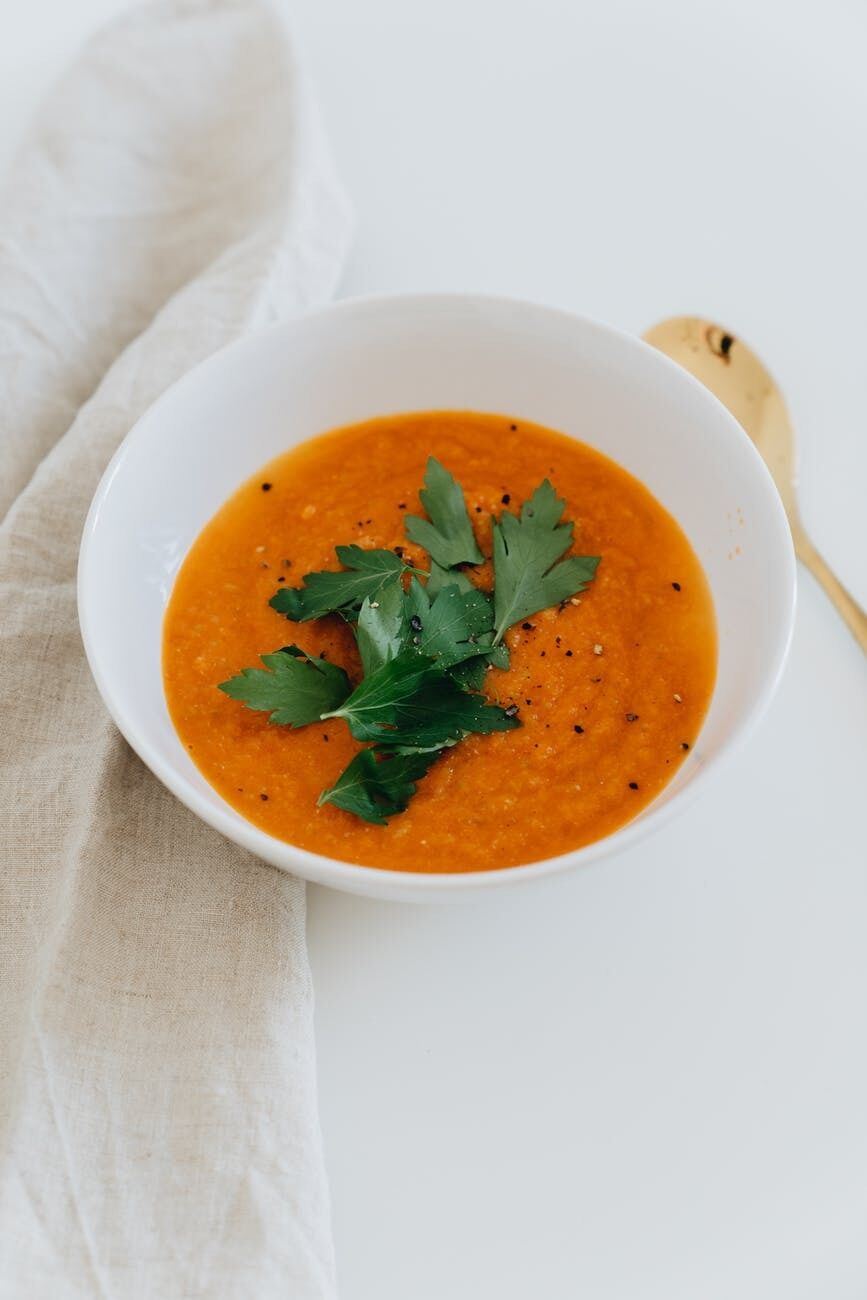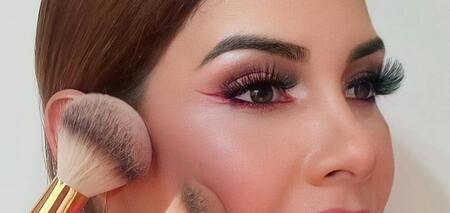LS Food
Eating habits of children of the USSR times that scare modern moms: top 5
Most of those whose childhood was spent in the USSR still remember the food of those times as something very special and delicious. Unfortunately, for the most part, it was not healthy. Moreover, there are parents who even now feed their children according to the patterns of the 70s and 90s.
The FoodOboz editorial team decided to collect for you the top 5 eating habits of children of the USSR, which now cause negative emotions in modern mothers.
1. Semolina porridge
In Soviet times, there was a noticeable shortage and a small selection of baby formula. In such conditions, semolina remained the easiest and cheapest option for nutrition.
As it turns out, the common cereal is a refined product that contains no vitamins or nutrients at all. It is difficult for children's digestive systems to cope with a huge dose of starch and carbohydrates. As a result, cereals harm the functioning of the entire body, especially the cardiovascular system and the gastrointestinal tract. It can also cause obesity.
2. Honey and sugar
Adding sugar everywhere and as much as possible, as well as dipping a baby's pacifier in honey, is another habit from the USSR that should have been eradicated long ago.
Honey is one of those foods that is strictly forbidden to give to children under the age of 2. The same goes for sugar. For example, honey can infect a young body with spores – these cells cause botulism, which can even lead to the death of a child. The risk of obesity, cardiovascular disease, type II diabetes, and this is not all the complications that will await the child in the future.
A good alternative for children is and will be such foods as dried fruits, grated nuts or nut spreads, bananas, various fruits, and berries.
3. Homehold milk, compotes and juices
"Homehold milk is much healthier than store-bought milk," how many times have we heard this? But it's not true, homehold dairy products are not only not recommended worldwide, but also dangerous. Even when boiled at home, you can never be sure of its safety.
It is also forbidden to give a child diluted milk with water or low-fat dietary products. Until the age of two, children should eat high-quality dairy and fermented milk products.
As for compotes and jams, they are saturated with fruit acids and sugars during the cooking process. There is no question of nutrients and vitamins.
The same can be said about juices, which are a big hit to a child's stomach. According to the American Academy of Pediatrics (AAP), after the age of one, a child can drink only 110 ml of freshly squeezed juice, but not store-bought.
Instead, the British Health Service (NHS) indicates that children under 12 months of age do not need juices and smoothies. However, if desired, the drink can be diluted in a ratio of 1:10 – 1 part juice and 10 parts water. Give the drink only with meals. Only after 5 years of age can undiluted juice be given with food in an amount not exceeding 150 ml.
4. Lard and crackers for children
The fact is that bacon is a raw product, after which there is a high risk of catching salmonella, helminthiasis, listeria, and many other diseases. According to all recommendations, raw and semi-raw foods are prohibited for children under 5 years of age.
As for crackers and crisps, they are on the list of foods that cause choking in children around the world. They are not recommended for children under 4-5 years old.
5. First, second, and compote
The diet of both children and adults should be based on the principle of a healthy eating plate, which contains such components as whole grains, proteins, fruits, and vegetables. The USSR had never heard of it, so we had to follow the principle: "First, second and compote". And if the compote is more or less clear, then the question of liquid soup remains.
It's worth saying that the health benefits of soup for both children and adults are greatly exaggerated. It does not relieve gastritis, does not have an enveloping effect on the mucous membranes, and is not dietary. Especially when it comes to soups with roast, potatoes, and pork.
So don't fill a small child's stomach with useless liquid. As an alternative, you can offer your child a nutrient-rich soup, most of which (about 80%) will be thick.


